Guide to Buying a Sewing Machine
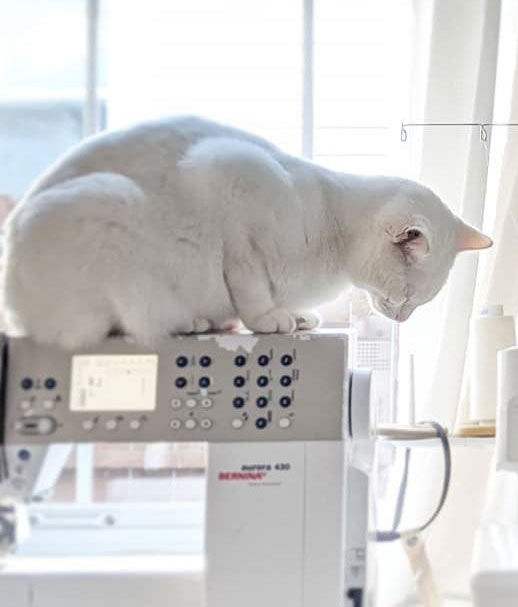
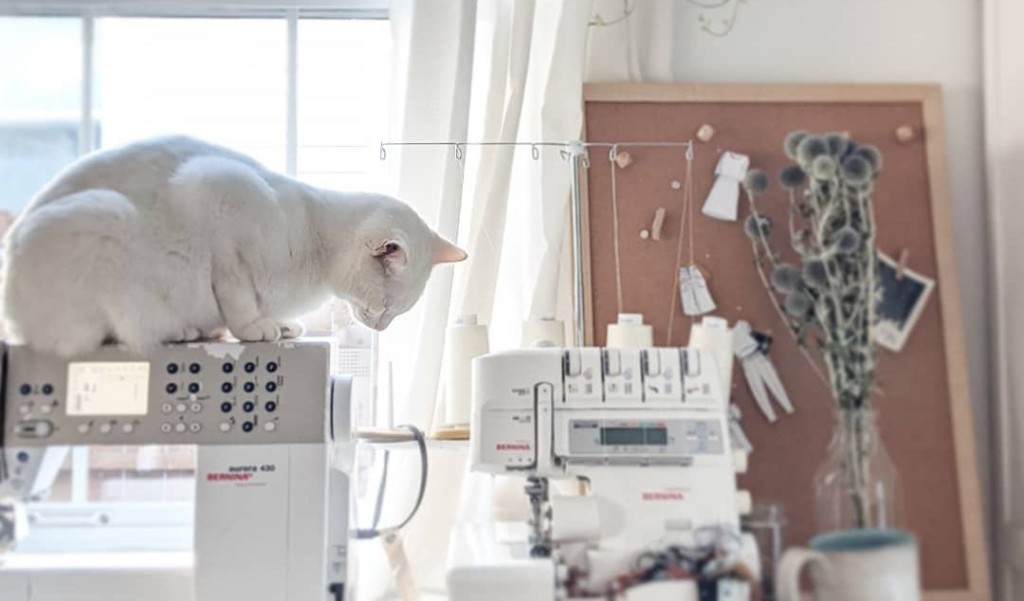
Trustworthy advice for buying a sewing machine
For a new sewist, perhaps nothing is more important or more confusing to find than a sewing machine – especially now that internet searches tend to route you toward posts with affiliate links or sponsored posts, with no trusted advice from actual experts. That’s where our guide comes in! We are solely interested in matching you with a good machine so you can have a frustration-free sewing experience.
There is an overwhelming amount of choice, brands, and information when it comes to picking the right sewing machine for you. We hope this guide will help cut through the confusion and lead you to a reliable starter machine to learn and grow with.
The sewing machine features and accessories you need
First, it helps to have a list of the features that you need, and want. As a beginner, you might not know what features you want! That’s okay.
Look for a machine that has a straight stitch, zig-zag, buttonhole, and features to adjust the stitches in width and length. These basics will take you a very long way.
Adjustable pressure for the presser foot is a very helpful feature, too! When you’re working with various weights of fabrics, being able to adjust the presser foot pressure can make a big impact on the look of the finished seams.
As far as accessories go, at a minimum look for a regular foot, edge stitch foot, zipper foot, and maybe a walking foot and rolled hem foot. Think about buttonholes, too. Some machines have a separate assembly (especially vintage machines) and some have a special buttonhole foot. If you’re at a dealer, ask them to show you the buttonhole on a few fabrics so you can see the ease and quality as you use different fabrics.
Look for a mechanical sewing machine with metal parts
Many machine brands have beginner style models. This is a good place to start. These machines are purely mechanical, not computerized, and are easy to learn to use. As you advance in your sewing you might want to upgrade to something with more features, but for now, a solid mechanical machine will do the trick.
Look for something with metal (interior) parts. This is a sign the machine will last longer. There are a few entry level machines out there (marketed as “heavy duty”) that have a metal exterior, but guess what – they have plastic interiors. They might look cool, but they will break.
Try to avoid purchasing a machine at a big box store. They’re manufactured for an occasional mending job or project (they often have a specific model number, even if the brand is a fairly familiar name), and rarely stand up to regular use, plus you have no options for servicing the machine and learning about your new machine. Many repair shops are unable to or won’t even try to service or repair these models. A good used machine is often a more durable option.
How much should I spend on a new sewing machine?
Be aware of your budget, but expect to invest at least $200 for a new, basic machine. If it costs less it is likely the machine is mostly plastic, and will not last very long, meaning you’ll spend more money in the long run replacing it.
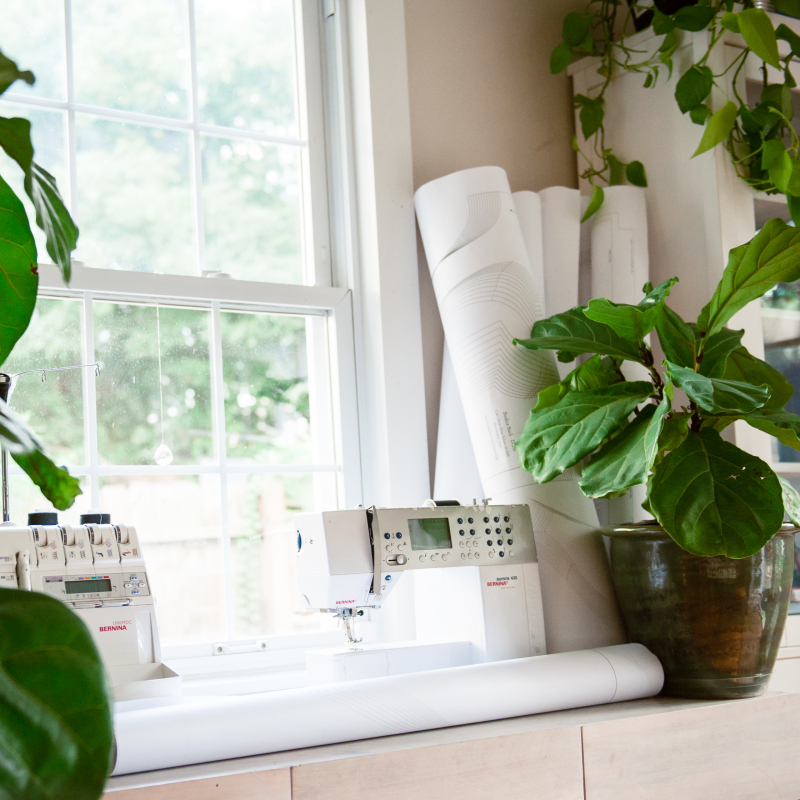
How to buy a used sewing machine
If you’re looking for a used machine, try to buy it already serviced, from a dealer/repair shop. The great thing about sewing machines is there is a pretty robust repair network to extend the life of machines. The technician will have cleaned and checked it over, and the dealer will usually offer a short warranty as well. If the parts aren’t easily available, the dealer will likely not have accepted the trade in the first place, and you can ask about the model and the parts availability specifically. Dealers that have a technician in the shop often have great advice about what’s durable and reliable, and what machines to avoid because they’re always breaking.
When buying vintage, look for a machine with solid metal gears, and check that the needles and bobbin are not an obscure size. Often when buying a used machine there won’t be a manual. That’s okay. Write down the brand, model, and serial number and make sure you can find the right manual online. Look at the stitch quality and listen to the machine.
If you are buying used from Craigslist or Facebook Marketplace, make sure to check that the handwheel turns easily, look inside the bobbin casing, and even see if you can try a few stitches to make sure the gears aren’t rusted. Ask about the accessories such as feet, and make sure you can easily replace them or order other ones. For some very old models this may be difficult.
Buy a sewing machine locally and support your local economy
If possible, go to a local sewing machine dealer. Many local fabric and craft shops are also machine dealers, or they may be able to recommend one. You may have one or more in your area, so don’t be afraid to shop around. Some stores vigorously promote a certain brand, so take your time and ask lots of questions. Some brands and models simply don’t work for some people’s height, mobility, eyesight, etc, so don’t let one brand name dictate what is “best”.
Another benefit of buying from a dealer is that you’ll likely have access to a class or tutorial session on how to use your new machine. They’ll be able to source accessories and advise your maintenance schedule as well. The relationship is well worth it. Our local machine shop, Bernina World of Sewing, has been really helpful!
Once you’ve found your machine, take some time to read through the manual. Learn how to change a needle, where the different stitches are, and how to clean and oil it. Practice a few stitches, and maybe make a little guide cloth of each one stitched out, with the corresponding number or letter on your machine. Most of all, have fun! Enjoy your machine and get to know it, and maybe even name it! A good machine is a companion on your making journey. Treat it well and together you’ll create beautiful things.
More resources for those who are learning to sew
If you’re looking for more guidance on your sewing journey, we have a project-based online course series, Learn to Sew Your Clothes, that takes you from complete beginner to confident sewist … all while adding 10 fun pieces to your wardrobe. We’d love to have you in class!


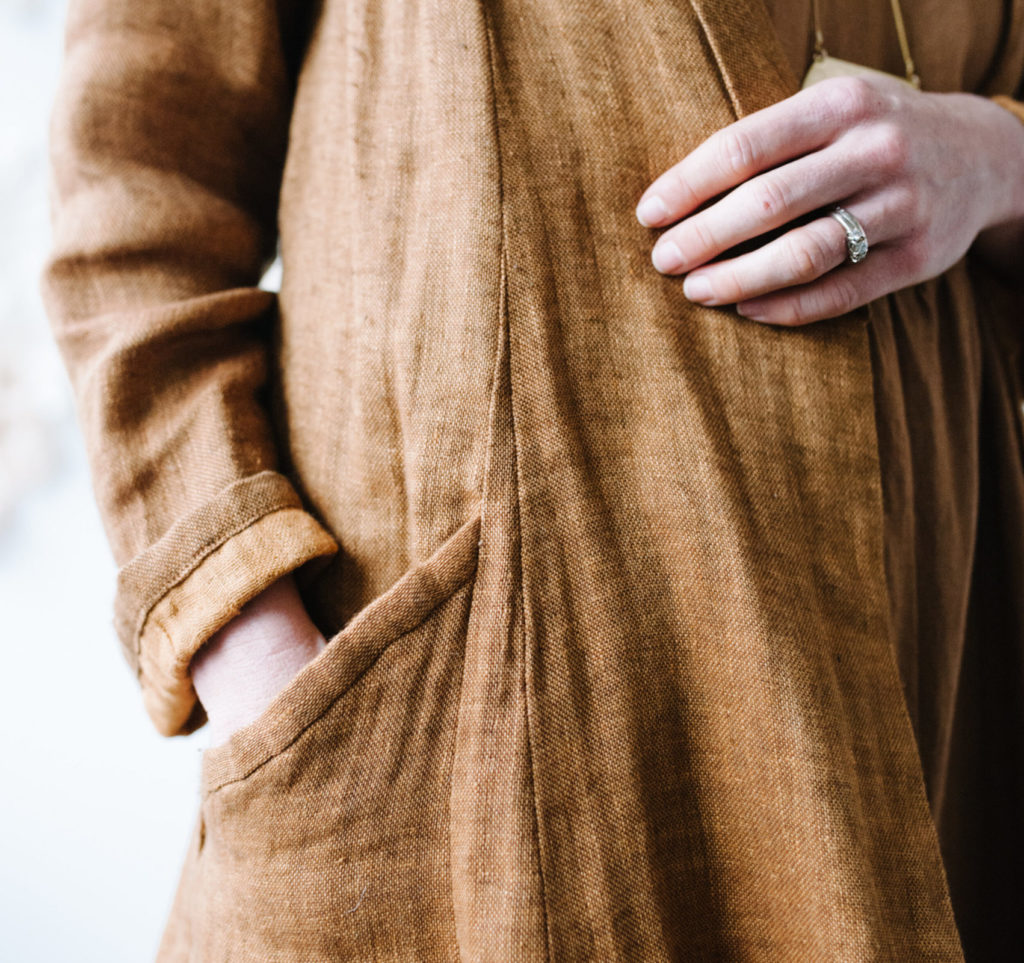
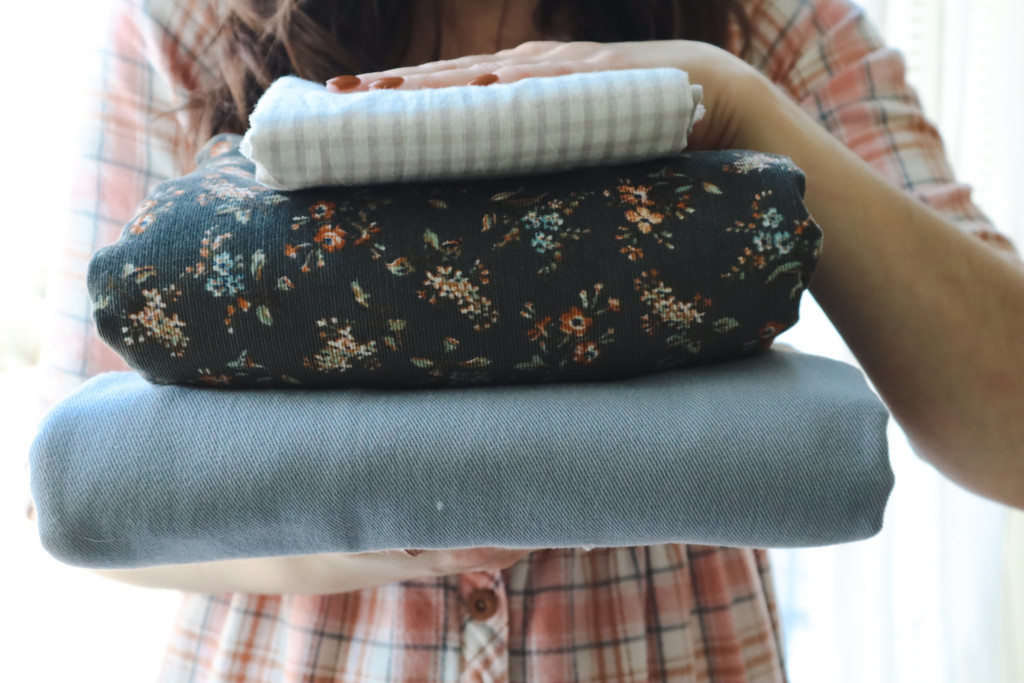
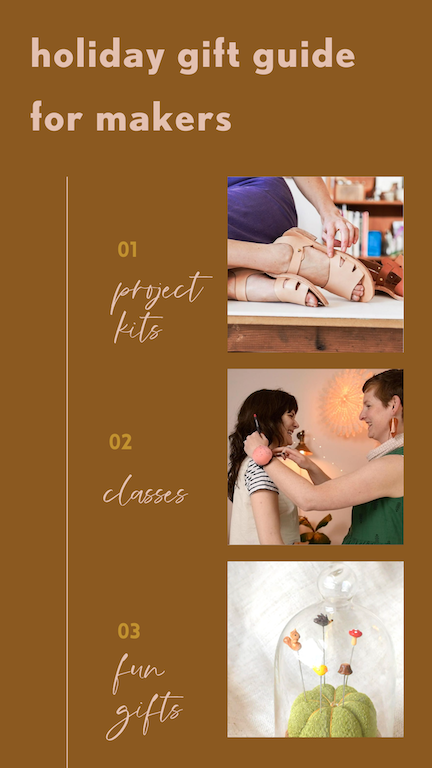
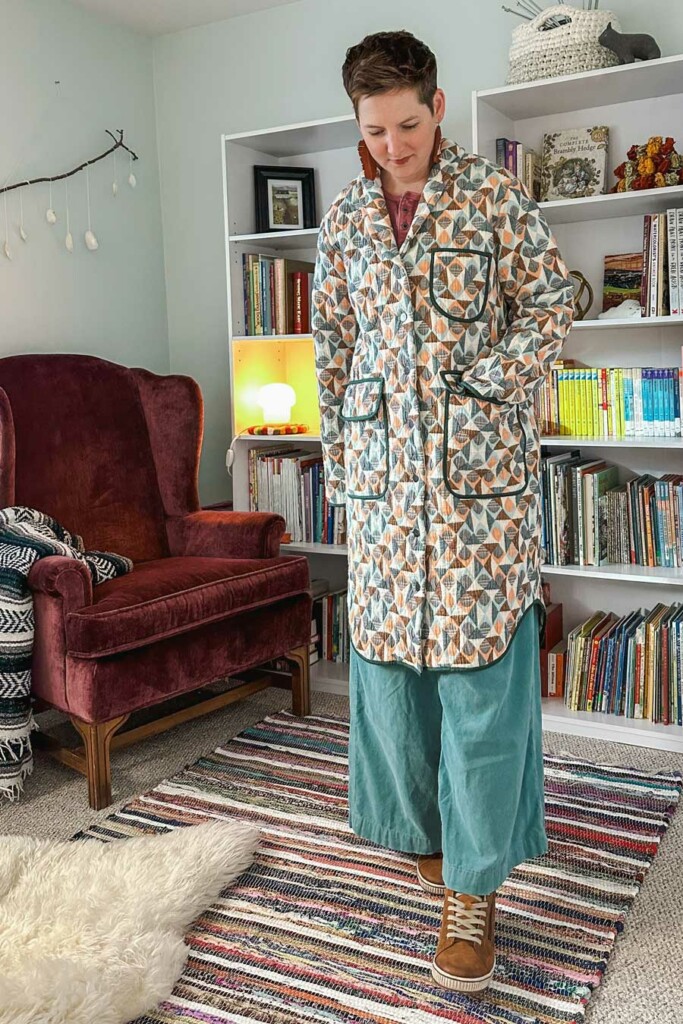
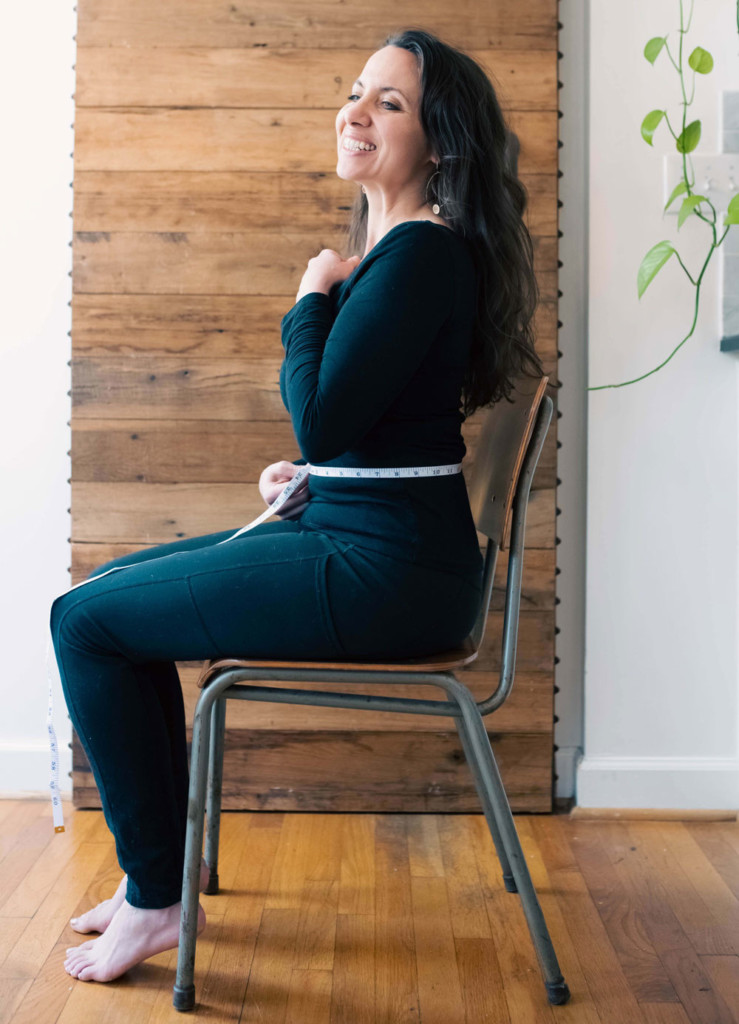
Responses